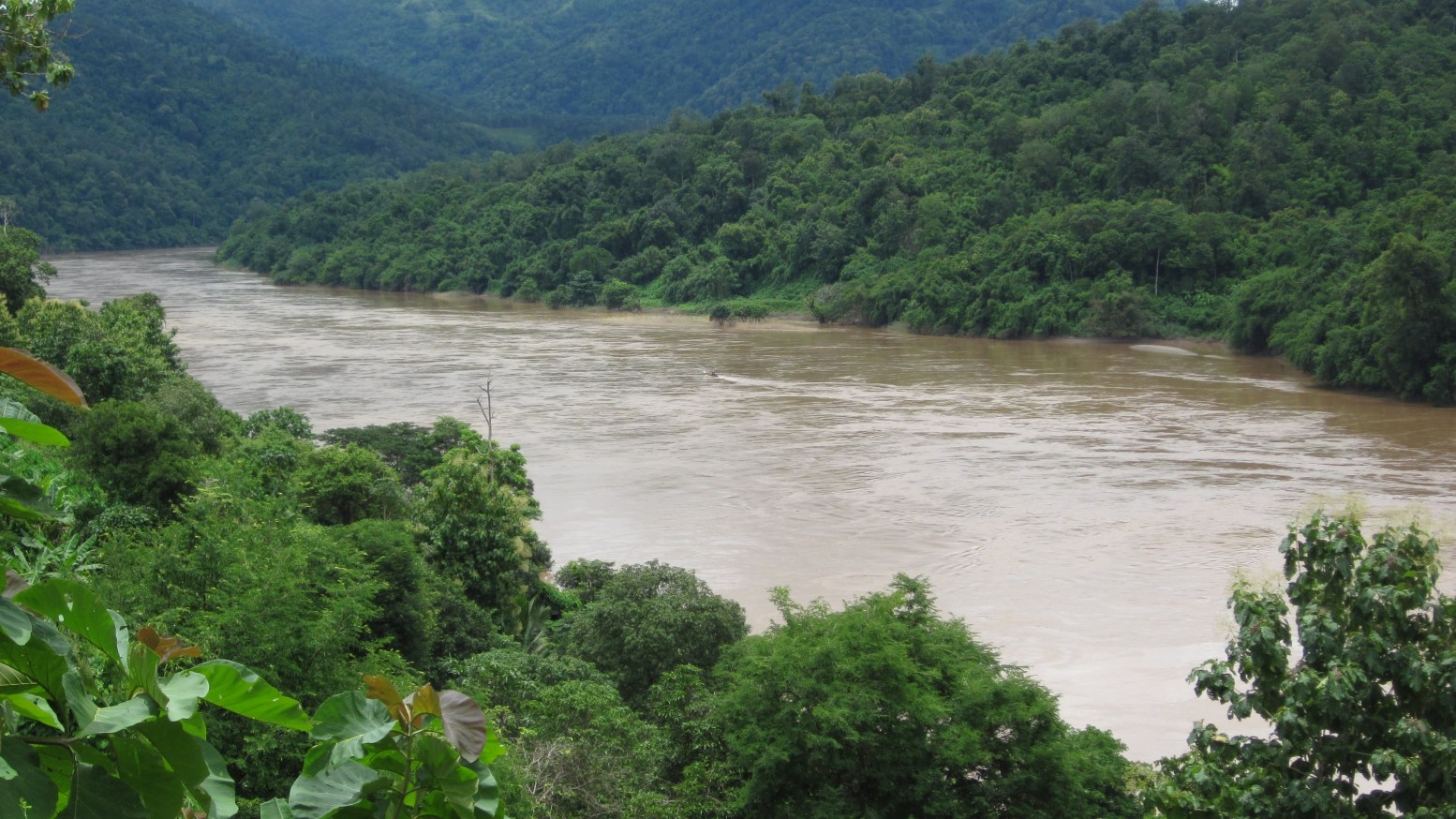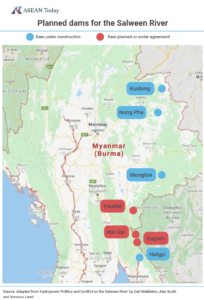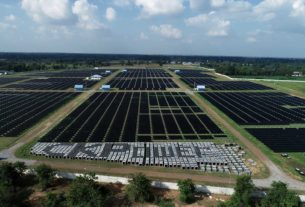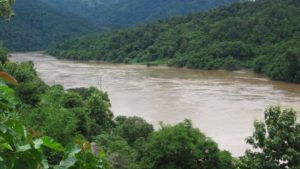
Deals and dams on the Salween River – How China, Thailand and Myanmar shut local communities out
Governments along the Salween River are pushing a series of hydropower dams across the river basin but offering little information on the status of the projects or their social and environmental impacts.
By Skylar Lindsay
Media outlets in Thailand have reported that Chinese-state owned corporations are negotiating a deal to build three large dams on the Thai-Myanmar border along the Salween River, one of the longest free-flowing rivers in Asia. According to Thai officials, Chinese state-owned companies have offered to build a US$3.5-billion water diversion project in the Salween basin—at no financial cost to Thailand—in exchange for permission to build three hydropower dams on the mainstream of the Salween.
The Salween stretches from the Tibetan plateau, through China and along the Thai-Myanmar border to the Andaman Sea, but it’s also the site of one of the world’s longest-running civil wars. For 70 years, the river basin has been marked by violent conflict between the Myanmar military and ethnic armed organizations in Myanmar’s Shan, Karen and Kayah states.
Though some armed groups have signed peace agreements with the Myanmar military, the river is central to the stability and development of the region. The Salween—also known as the Thanlwin or the Nu (or Salawin in Thailand) —provides almost 10 million people with food and livelihoods.
But this food supply is at risk. The Myanmar, Chinese and Thai governments are planning a string of dams for the Salween mainstream, and more for tributaries across the basin. Five would be located in Myanmar or along the Thai-Myanmar border.
Dam developers and governments offer little information on impacts and risks
There has been minimal information about the status of these projects as well as their potential impacts, but some aspects are clear.
Dams along the Salween would cause a drop in sediment and nutrient transport as well as disrupting flood cycles, damaging local ecosystems and destroying riverbank gardens, a key source of local livelihoods.
Community-based research projects have begun to document the resources and ecosystems that would be affected by the dams. At least 45 species of fish are found exclusively in the Salween basin. Through indigenous initiatives like the Salween Peace Park, local groups are documenting what’s at stake and promoting traditional land management systems as an alternative to the dams.
Local communities in the Salween basin have long called for governments to end all dam projects in ethnic minority areas, rehabilitate the local communities already impacted and establish power-sharing agreements with ethnic groups.
Last week on International Day of Action for Rivers, hundreds of local residents in northern Thailand gathered to call attention to the water diversion scheme, holding tree ordination ceremonies to bless the forests threatened by the project. If built, the project would draw water from the Yuam and Moei rivers, two major tributaries of the Salween. On the Yuam, the Thai government plans to build a 70-meter-high dam. The plan also includes a 62-kilometre tunnel that would divert the water to the Ping River basin.
If the Chinese state-owned companies are able to strike their deal with the Thai government, it’s still unclear which dams they plan to develop. There is little transparency about how the projects will affect the food and livelihoods of the 16 ethnic groups that share the river’s resources. This lack of information is typical of projects in the Salween basin.
Dams in the Salween basin threaten areas marked by conflict, local residents speak out
Among the planned dams is the 7,000-MW Mong Ton project, a mega-dam in Myanmar’s Shan State backed by developers from all three countries. It would be the largest hydropower project in Southeast Asia and, according to community advocates, the dam would flood an area the size of Singapore—an area still struggling with internal displacement as a result of armed conflict.
In honour of Day of Action for Rivers, hundreds of local Shan residents gathered on the Salween for a prayer ceremony at the ancient Ho Leung pagoda—a site that would be submerged if the Mong Ton dam is built.
“We are gathering to bless our beloved Salween river, so it may flow freely forever and continue to nourish our lands, livelihoods and cultural heritage,” said Nang Jeng Kham, one of the leading organizers.
As armed conflict continues and Myanmar’s peace process falters, the lack of information has only worsened, as has the potential impact of the dams.
In recent months, armed conflict has resumed in Karen State between the Myanmar military and the Karen National Liberation Army over the military’s construction of a road.
As Yangon-based development analyst David Scott Mathieson wrote recently in The Irrawaddy, the Myanmar government and military, along with foreign investors and donors, have spread the false idea that Karen State and eastern Myanmar are a “post-conflict” area.
In Shan State, fighting broke out again between the Restoration Council of Shan State (RCSS) and the Myanmar military, with hundreds of civilians displaced as the situation quickly worsened.
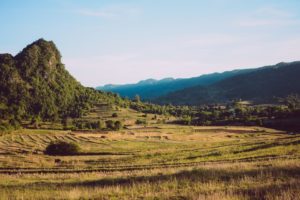
Myanmar’s Shan State.
“I would say it’s a financial war: every group uses guns to make money and sells natural resources,” Ko Lay, an 80-year-old poet who has lived with decades of civil war, told The Irrawaddy. “So when we talk about protecting rivers, we need to talk about ending the civil war.”
Control of natural resources play a key part in Myanmar’s ethnic conflicts
Natural resources—including the water, fisheries, land and forests impacted by damming and flooding a river basin—are central to Myanmar’s ethnic conflicts.
Ethnic armed groups are demanding the right to manage the resources in their territories as they see fit and resource federalism has become a key tenet of the peace process.
“If only those leading the [dam] projects are profiting and the local residents are not entitled to anything, no one will accept them,” RCSS general Yawd Serk recently said in an interview.
Local communities are demanding the same, though their demands don’t always align with those of armed groups in their areas.
“The government must not sell off our precious river,” one youth organizer at the prayer ceremony on the Salween told Transborder News. “In this time of climate crisis, we should be preserving our natural resources, not destroying them.”
Historically, changes to the vital environments of the Salween have had major social and political impacts.
A study published last year by researchers at Yunnan University and the China Meteorological Administration analyzed the rings inside tree trunks to reconstruct the flow of the Salween over the past 500 years. The study found that disruptions to the river basin correlated with major social upheavals, including the falls of the Toungoo Empires and the First Anglo-Burmese War. The current push to build Myanmar’s dams will also drive conflict, as the region’s governments exploit the resources and land of marginalized ethnic groups.
Thailand and China are pushing Myanmar’s dams no matter the cost
According to some sources, including the Asian Development Bank, Myanmar plans to increase its total hydropower capacity from 3,000 MW to 46,000 MW. Over 15,000 MW will come from dams on the Salween and the push will dramatically change the basin’s role in regional development. As foreign joint ventures, most the dams on the Salween will produce power primarily for export.
The Mong Ton dam is backed by Thailand’s EGAT International, China Three Gorges Company Corporation and Sinohydro, also known as Power China. All the developers, including their Myanmar counterparts, are state-owned companies.

Photo: Hugh
The next-largest dams include the 4,000-MW Ywathit, to be built by China’s Datang and Power China, and the 1,365-MW Hatgyi, developed by Power China and EGAT International.
Saw Tha Poe, an indigenous Karen environmental leader, has emphasized that the governments largely ignore the local populations who best understand the potential impacts of dams.
“They have their own knowledge of life skills built upon the ecosystem of the rivers. The rivers are their schools for survival, and for fishing and river transportation,” he said. “If the rivers were closed, and the waterways changed, it would directly impact their ways of life. But sadly their views are not included for consideration in the policy drafting process.”
Saw Tha Poe is now wanted by the Myanmar government for his participation in a recent prayer ceremony to highlight water pollution caused by a military-backed cement plant.
Though local advocates continue to voice their concerns, there is little transparency around the Salween dam projects, including the Yuam dam and the Thai government’s deal with Chinese corporations. Though the names and sizes of the projects sometimes change, most still proceed. On Day of Action for Rivers, these local residents spoke out about the dangers of building a string of dams with little understanding of their cross-border impacts.
Source: https://www.aseantoday.com/2020/03/dams-on-the-salween-china-thailand-and-myanmar-shut-communities-out/
